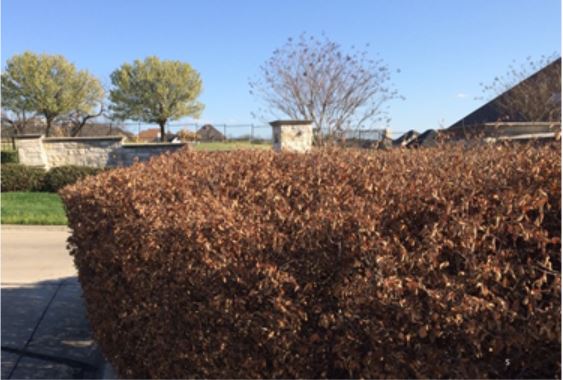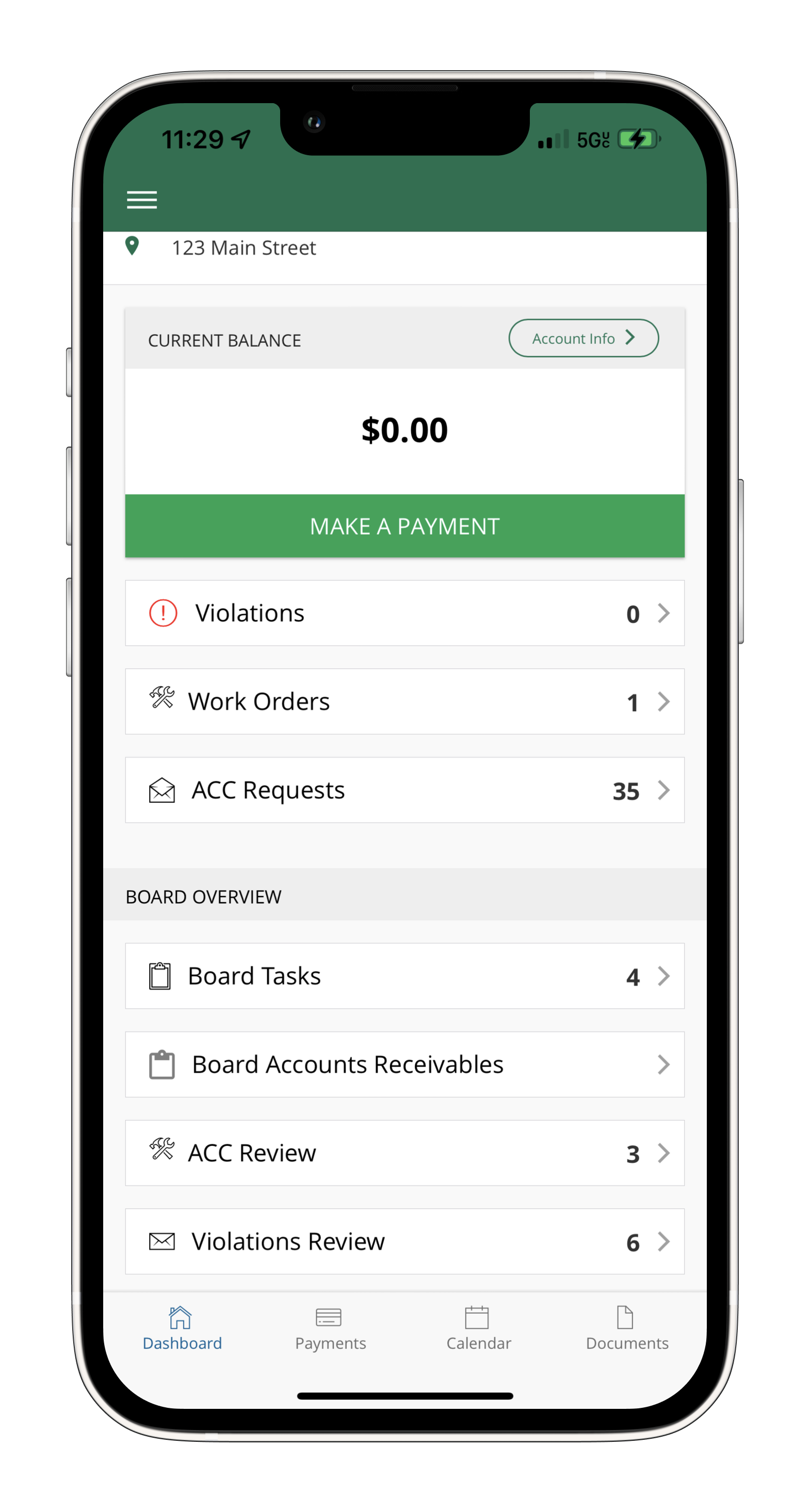
Leadership Advisor: Winter 2018
December 4, 2018
Strategic Planning for Your HOA’s Future
December 20, 2018
Coming out of the Great Recession, many HOA communities realized that they had deferred maintenance which required urgent attention. Some projects that had been viewed as “nice to do’s” a few years ago had become “must do’s.”
Does your association have the reserves to pay for projects, such as:
- Fencing replacement
- Pool resurfacing
- Tree trimming
- Irrigation repairs
- Stone monument repairs
If the answer is no, and you face a list of urgent projects, an association loan is an important option which enables your association to complete much-needed capital improvements without completely draining your reserves. An added benefit, it provides owners a more economical way to pay for their portion of the project over time.
Before pursuing a loan, your association will want to consider the following do’s and don’ts.
DO’s
- Work with a bank that specializes in Homeowner Association financing. Most banks do not understand the nuances involved in Association lending. Choose a bank that has experience in dealing with association loans.
- Limit the loan term to no more than half the life expectancy of the improvements. By the time the painting loan is paid off, the association should have sufficient time to reserve the funds for the next painting project and avoid taking out another loan. We generally recommend a loan term no greater than 10 years.
- Outline the benefits of a loan for your owners. These could include expedited project completion (i.e. everyone gets new siding as opposed to one building per year for the next 7 years), lower per unit project costs due to the discounted cost for bulk purchases of construction material, increased property values, increased safety for the residents, and improved homeowner satisfaction.
- Understand your Association’s risk factors. The most important aspect is the association’s historical and current delinquency percentages. A unit is considered delinquent if it is past due for dues and/or assessments. Delinquency percentages of 10% or more indicate that the association is already struggling to collect their current assessments. Increasing dues or implementing a special assessment to repay a loan will only exacerbate the problem.
Other risk factors banks assess:
- owner composition (does the investor ownership exceed 25%?),
- owner concentration (does one owner own more than 10% of the units and/or do all multiple unit owners comprise more than 20% of the units?),
- the size of the dues increase or special assessment used to repay the loan relative to their current dues (is the increase greater than 50%?)
If your association does not fall within some of the above guidelines, it does not necessarily mean that you may not qualify for the loan. However, it may require additional loan structuring to mitigate the risk factors.
DON’Ts
- Use funds that are budgeted for reserves to repay the loan. In most cases, we caution associations against that strategy. However, there are instances where it could make sense to do so. For example, if an association setting aside $20K per year in reserves for pool repairs and the loan is for pool repairs, it could make sense to use that $20K/year to help repay the loan.)
- Assume common areas are collateral. Collateral for association loans is typically a first lien on the association’s dues and assessments. Banks rarely take a lien on common areas or a lien on the units within the association. The owners do not sign personal guarantees for the loan – the association is borrower.
A bank loan can be a good option to protect your owners and association from decreased property values and more deferred maintenance, if you’re a well-informed board partnering with the right bank.

Chris Bruffey
Senior Commercial Officer, SVP, CMCA CommunityPLUS, a division of North State Bank







